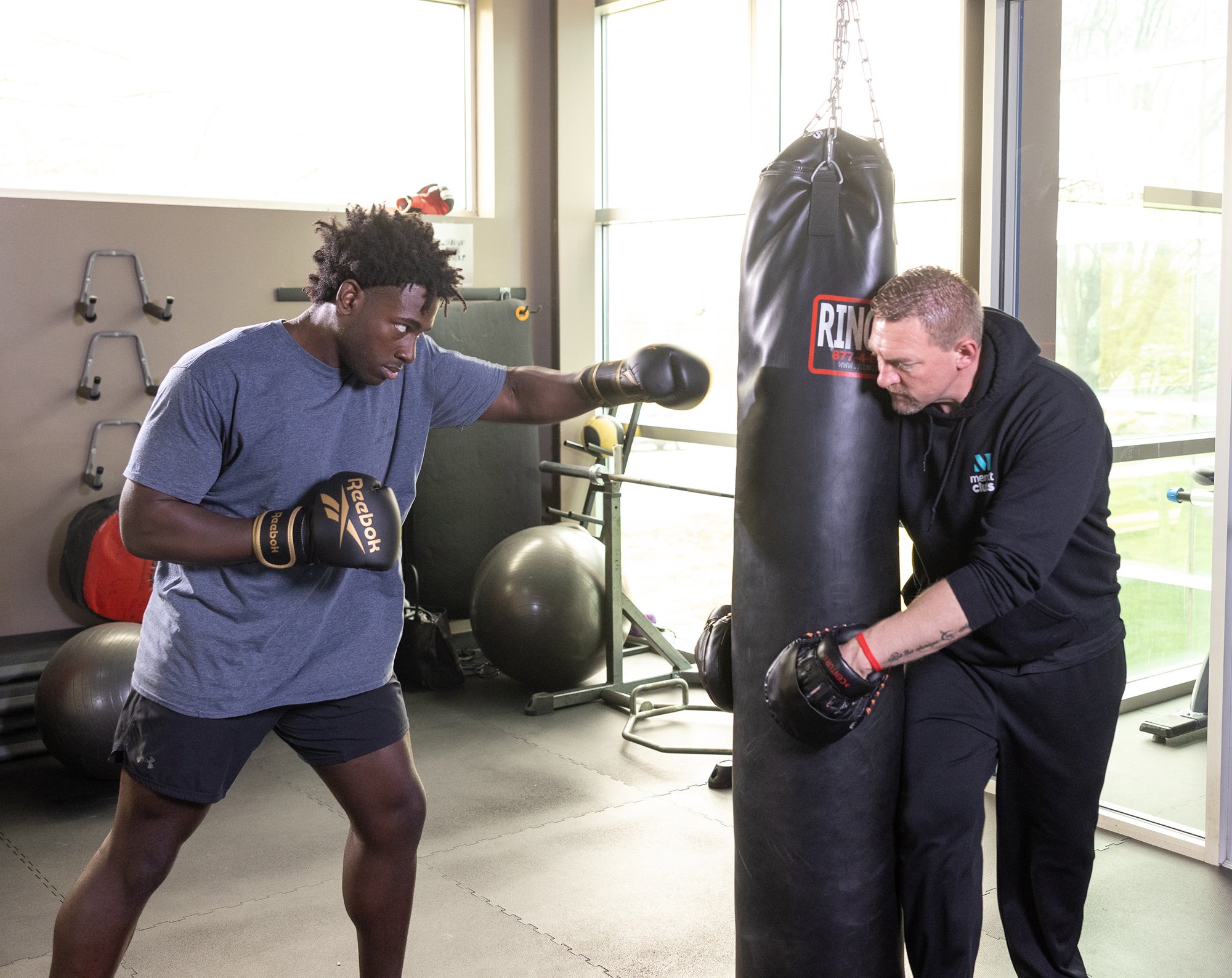
Boxing is not only a fun sport but a great way to get some fitness training. It can also be exhausting, painful, and may lead to muscle fatigue or injury if you don't include some sort of workout to strengthen the muscles you use most. Here are 4 muscle groups that are used by every boxer.
1 - The Arms and Shoulders
The most obvious muscle group is the arms. These muscles include the triceps brachii, or triceps, and the deltoids, or shoulder muscles. The triceps are used when pulling the elbow up during punches and are essential in taking all the energy generated by your body and transferring it to your opponent after the punch. Therefore, having strong triceps is a crucial part of boxing. Try these tricep exercises to ensure that your arms are always ready to deliver a formidable blow.
The deltoids have three parts: the posterior, medial, and anterior, with the anterior deltoid being the most active shoulder muscle used in boxing. The anterior deltoid is used along with the pecs to create a powerful and solid punch. The deltoids are also actively used when boxers maintain the guard position. In fact, this position builds strong deltoid muscles and is most likely to create muscle fatigue during a long boxing match.
Additionally, your arm muscles, specifically the forearm muscles, play a big part when tightening your fist. A tight fist is an essential boxing tool because it creates a more solid punch.
2 - The Chest.
The arms do not actually have the most used muscle when boxing. That would be the pectoralis major or pecs for short. These are the muscles in your chest that extend from your sternum, lower ribs, and clavicle to your upper arms. The pecs are most actively used during punches where your elbows are elevated, such as a right or left hook. Any chest exercises will work out your pecs but exercises such as the bench press, push ups or bar dips will be especially beneficial to your pecs.
3 - The Core
Just like with almost any sport, having a strong core or strong abdominal or back muscles is very important. This is especially important in avoiding injuries because a strong core can help ensure that the other muscles are functioning as they should. A strong core also helps maintain balance, which can reduce injuries, and provide many real-world benefits as well.
Closely related to the abdominal muscles are the back muscles which are also part of the core. While the abs are integral in supporting the body and increasing the power of a boxer's punch, the back is specifically used when recovering from an opponent's punch. This makes the back muscles an essential component for any good boxer. However, the back muscles are often neglected in a boxer's exercise regimen which can result in lower back pain or even a back injury.
4 - The Legs.
Finally, the legs are an important muscle group in boxing because a boxer is always moving, and utilizing good footwork can make the difference between a great boxer and a mediocre one. A good boxer also uses their legs to maneuver around an opponent's punch. Additionally, the legs, especially the quadriceps and calf muscles, are where the boxer's powerful punch originates.
So, if you are interested in trying boxing as your new fitness routine, contact us. Just make sure that you know what muscles you will be using so that you can ensure that you are strengthening the right areas and avoiding pain from muscle fatigue or injuries.










